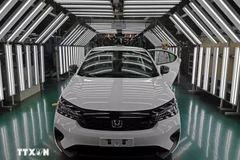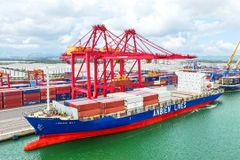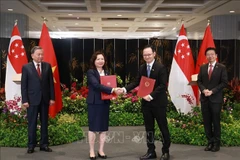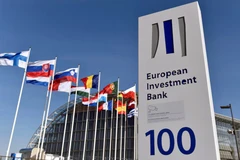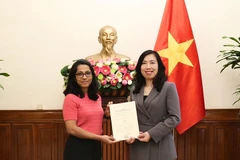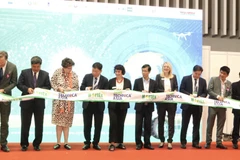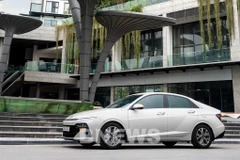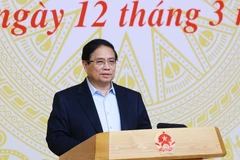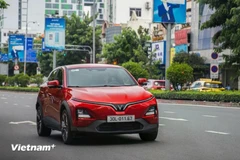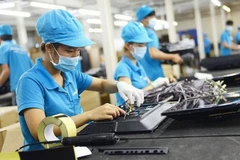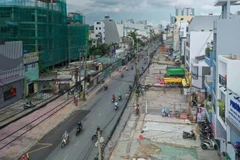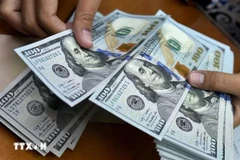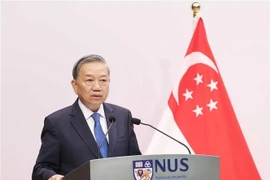VDSC pointed out that the domestic automobile industry was benefiting fromthree policies.
The first was a 50 percent reduction in registration fees fordomestically-produced or assembled vehicles in effect from June 28 to the endof this year.
The second policy was a decree allowing automakers who met the requirements ofoutputs to enjoy zero import tariffs for automobile components which could nothave been produced domestically, cutting production costs by 2-2.5 percent.
The last policy was the extension of the deadline for the payment of specialconsumption tax on domestically produced and assembled cars till the end ofthis year.
These policies would help lower production and service costs, making cars moreaffordable to more people, VDSC said.
In addition, the Vietnamese economy was on a post-pandemic recovery path whenthe country successfully contained the virus and incomes of citizens wereincreasing which would improve their purchasing power.
The last quarter of this year and next year would see significant increases inautomobile sales, VDSC said.
However, the automobile market would face a number of challenges.
January-August did not see an excess of supply but automobile prices dropped toattract buyers amid low demand due to the COVID-19 pandemic.
In the last quarter of this year, automobile supply was estimated to total127,000 units while sales were expected at 122,000, meaning an inventory volumeat about 4,000 units. Coupled with a stockpile of 85,000 units from 2019, thepressure from automobile inventory remained high.
The incentive tax policy on imported components would cut production costs ofcars produced or assembled domestically, which gave room for reducing sellingprices, VDSC said, adding that the economy getting back on its feet after thepandemic would also help push sales.
According to the report of the Vietnam Automobile Manufacturers’ Association(VAMA), the total industry sale volume in September was 27,252 units, of which,20,630 were passenger cars, 6,396 commercial vehicles and 226 werespecial-purpose vehicles. This volume represented a rise of 32 percent againstthe previous month but down 2 percent against September 2019.
VAMA’s statistics also showed that sales volume in September of completely-knocked-down was down 17 percent while sales of completely built-up were down33 percent against last year./.





